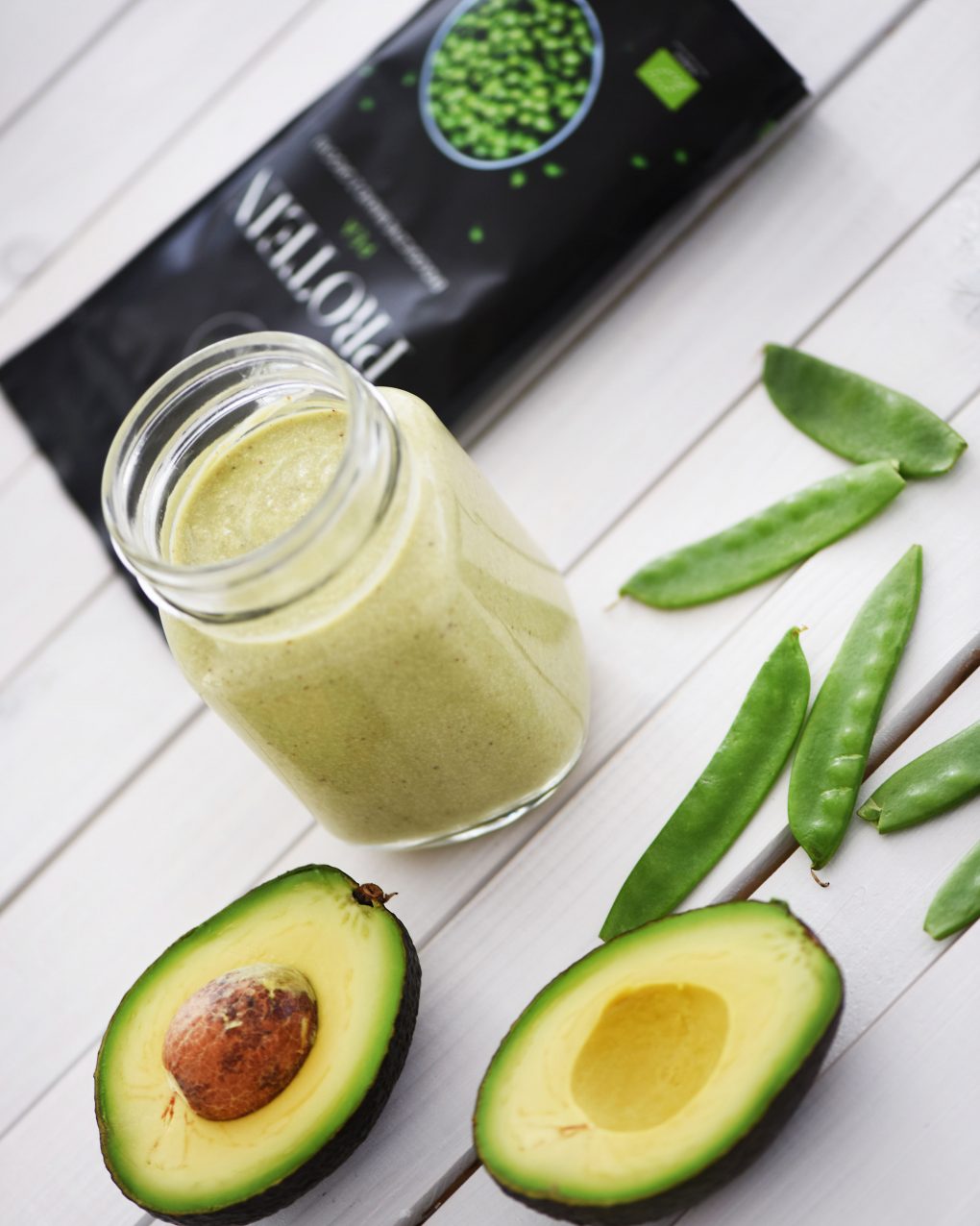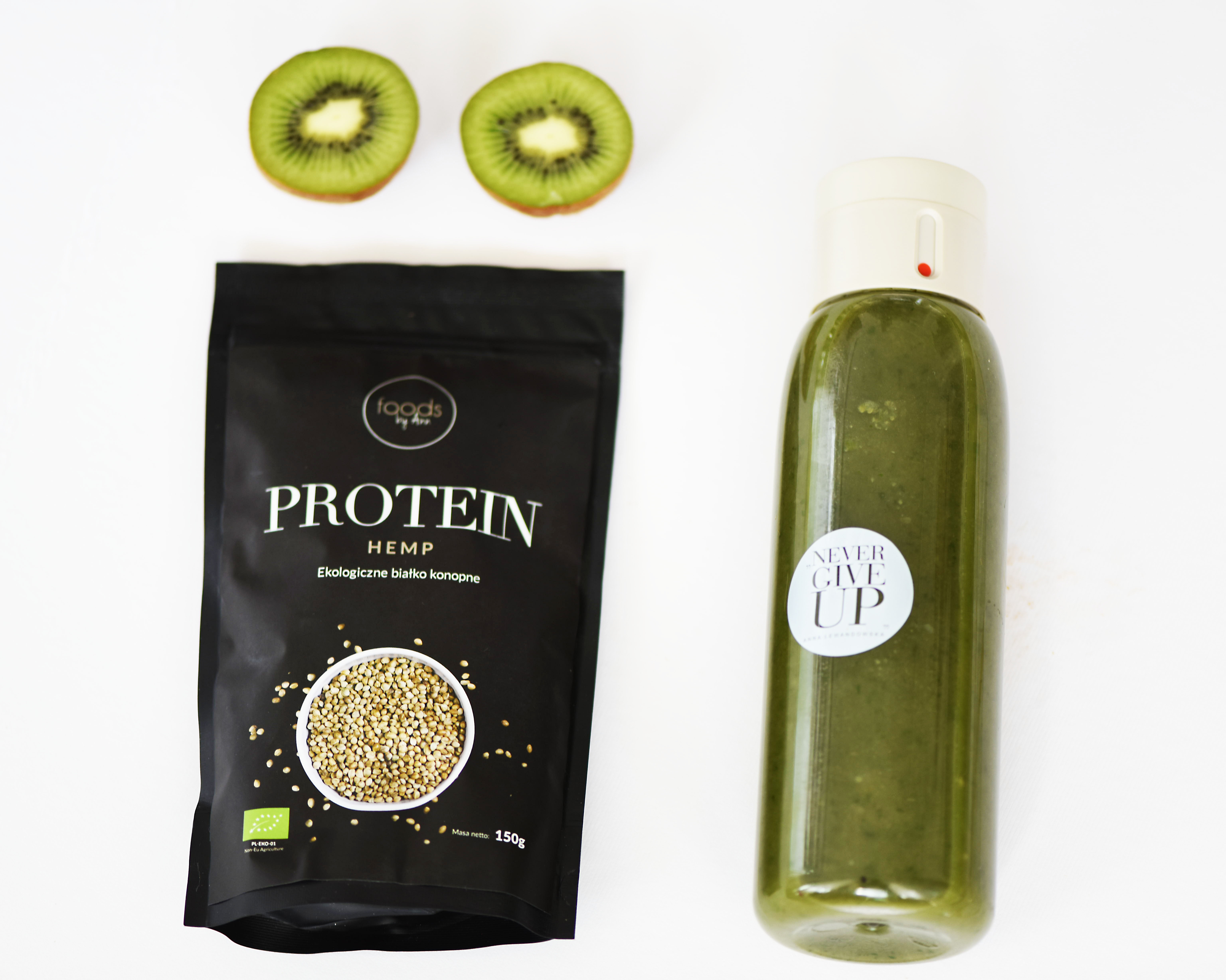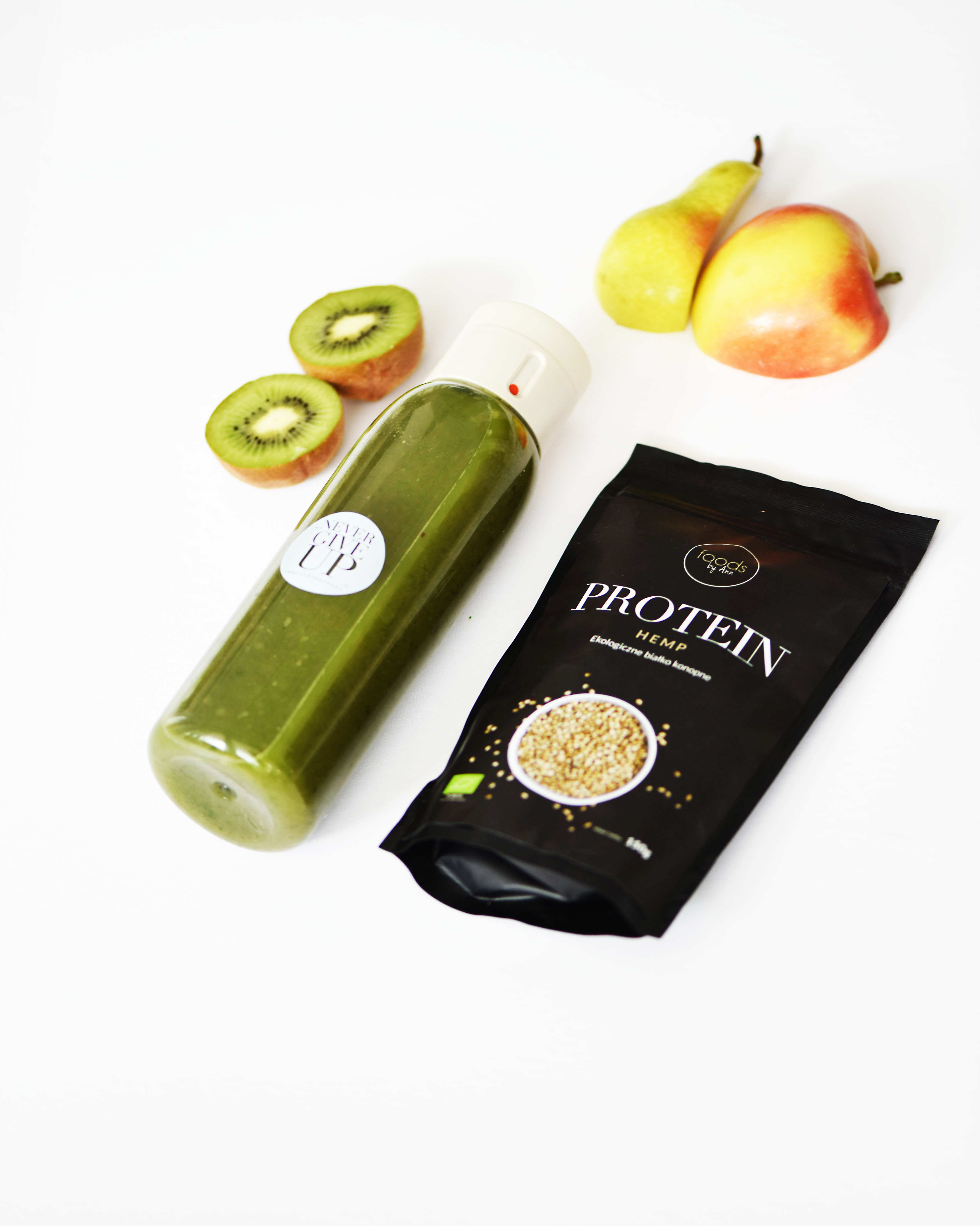
Plant Protein – Recipes by Ann
Vegetable protein is gaining popularity and is reigning among vegans, vegetarians and people with lactose intolerance because it does not contain animal ingredients and is as healthy as whey protein.
Plant Protein – Recipes by Ann
In addition, it has high concentrations of arginine, lysine, phenylalanine and BCAA branched amino acids.
I recommend them for those who train and those who want to build muscle mass, as well as people on the diet to balance it and for those who want to add energy and improve their well-being.
Legumes are a rich source of minerals and vitamins, and they also contain lots of carbohydrates. Vegetarians often recommend legumes as a good source of protein, for example, in pregnancy.
One of the proteins I propose is pea protein. It can be used as a substitute for low-fat or low-carbohydrate meals, and also after training to regenerate and increase muscle mass. Add them to water, vegetable milk or any cocktail and shake well. Just 20 g – 30 g of protein.
However, a little remark Try not to combine legumes WITH FRUITS.
To show you what you can mix it with, I will give you an example of the recipe.
If you want to increase the legibility of legumes and facilitate the digestive tract, make sure they are properly prepared and combined with the right products.
Why legumes should NOT be combined with fruit / sugar?
Legumes contain enzyme injections. Fruits disturb the pre-digestion of legumes in the stomach, so that in the later sections of the gastrointestinal tract are improperly digested and thus poorly absorbed. Fruits as simple carbohydrates are mostly digested in the mouth and legume digestion takes place in the stomach.
Mixing fruit with legumes can cause bloating, gas or constipation
I think that the amount of fruit in relation to protein also matters. If there are few (we use it for taste or as a spice) then there should be no digestive problem. Observe your body after consuming such blends.
Pregnant women and vegetable protein?
Pregnant women on a meatless diet are often lacking zinc, which is additionally enhanced by an excess of copper, as these are antagonistic elements. To supplement the protein I recommend using a vegetable replacement.
In addition to the pea protein I also recommend cannabis and rice protein.
They both blend well with soya milk, bananas, raspberries, cocoa or vegetable cocktails (they gently thicken them). You can add them to morning porridge prepared with apples, yogurt, or as an additive to gravy – ex with mushrooms.
These proteins, like peas, can be used as a substitute for low-fat or low-carbohydrate meals or after physical activity. 30g of protein should be added to water, rice milk or any cocktail. Shake thoroughly.
Sample recipes with vegetable proteins that are available in my SHOP
Protein with peas
Ingredients
- 1 avocado
- 200 ml of coconut milk
- 15 g pea protein Foods by Ann
- 1 tablespoon of almond butter
- optional – still water
Hemp protein
Ingredients
- 15 g hemp protein Foods by Ann
- 2 kiwi
- 1 apple
- 1 pear
- 1 handful of spinach
- 1 cup of water
Rice protein
Ingredients
- 1 cup of baked pumpkin
- 2 baked apples
- cinnamon
- 15 g rice protein Foods by Ann












Comments No Comments
Join the discussion…